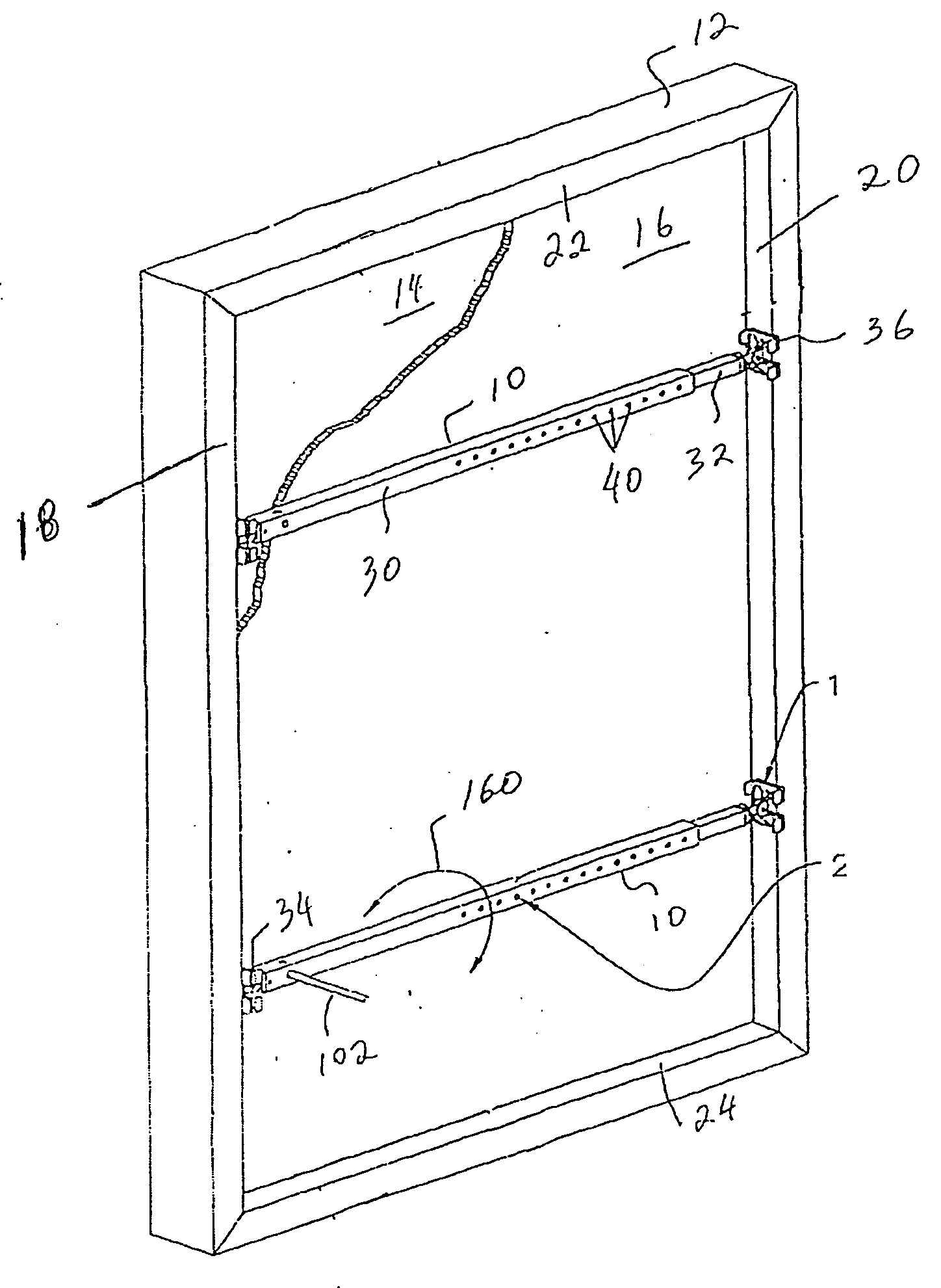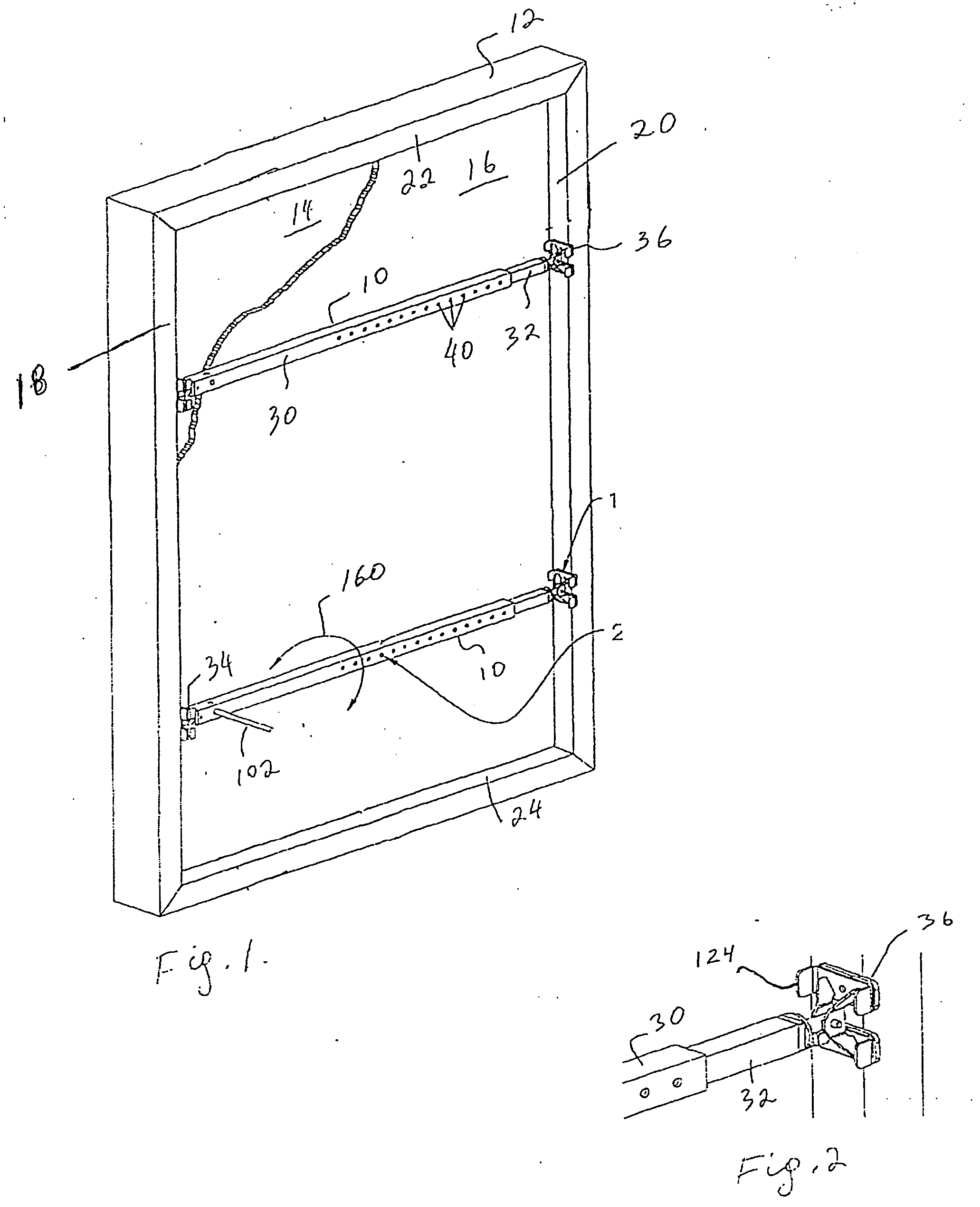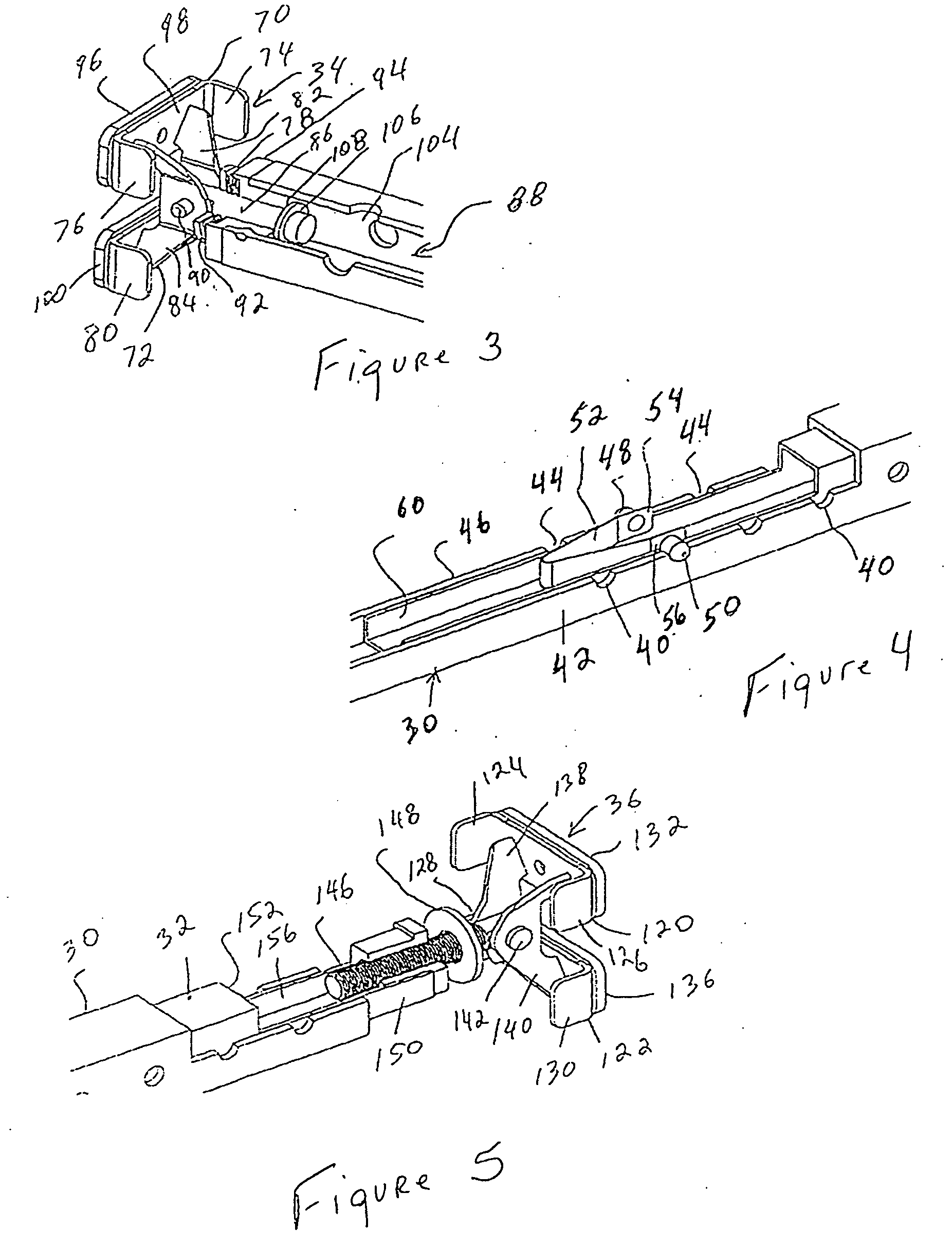Vacuum skin packaging
a skin and vacuum technology, applied in the field of vacuum skin packaging, can solve the problems of food poisoning, accelerated spoilage, food poisoning, etc., and achieve the effects of reducing the risk of contamination, accelerating spoilage, and accelerating spoilag
- Summary
- Abstract
- Description
- Claims
- Application Information
AI Technical Summary
Benefits of technology
Problems solved by technology
Method used
Image
Examples
first embodiment
[0025] In this aspect of the invention, the one or more framing elements are interposed between the first flexible web and the second flexible web such that the one or more framing elements are in contact with the inside face of the first flexible web and in contact with the inside face of the second flexible web to surround but not contact the perishable goods; and the first flexible web and the second flexible web are sealed to each other to contain the one or more framing elements and the perishable goods.
second embodiment
[0026] In this aspect of the invention, the one or more framing elements are in contact with the outside face of the first flexible web and optionally in contact with the outside face of the second flexible web to surround but not contact the perishable goods; and the first flexible web and the second flexible web are sealed to each other to contain the perishable goods.
[0027] Films suitable for the packaging webs can comprise metallocene polyethylene (mPE) (especially grades with densities less than 0.91 g / cc, and more especially grades with densities less than 0.89 g / cc,), which have high OTR.
[0028] The metallocene polyethylene (mPE) employed in the present invention can be any such polyethylene as generally known in the art provided the oxygen permeability is sufficiently high to afford the requisite permeability necessary for the packaging web. More specifically, the metallocene polyethylene should have a density less than 0.91 g / cc, preferably less than 0.89 g / cc, at which den...
PUM
| Property | Measurement | Unit |
|---|---|---|
| Flexibility | aaaaa | aaaaa |
| Gas permeability | aaaaa | aaaaa |
Abstract
Description
Claims
Application Information
 Login to View More
Login to View More - R&D
- Intellectual Property
- Life Sciences
- Materials
- Tech Scout
- Unparalleled Data Quality
- Higher Quality Content
- 60% Fewer Hallucinations
Browse by: Latest US Patents, China's latest patents, Technical Efficacy Thesaurus, Application Domain, Technology Topic, Popular Technical Reports.
© 2025 PatSnap. All rights reserved.Legal|Privacy policy|Modern Slavery Act Transparency Statement|Sitemap|About US| Contact US: help@patsnap.com



